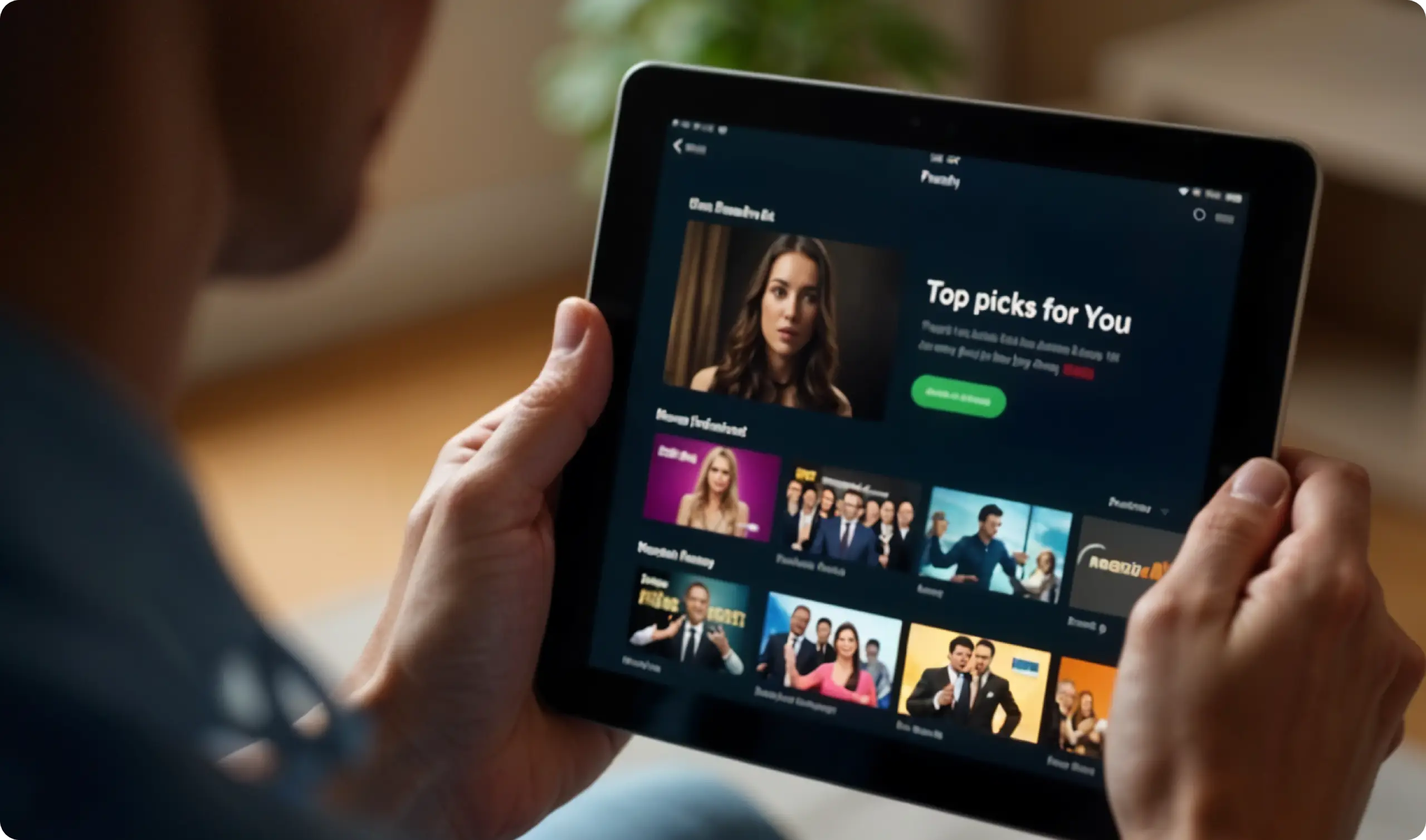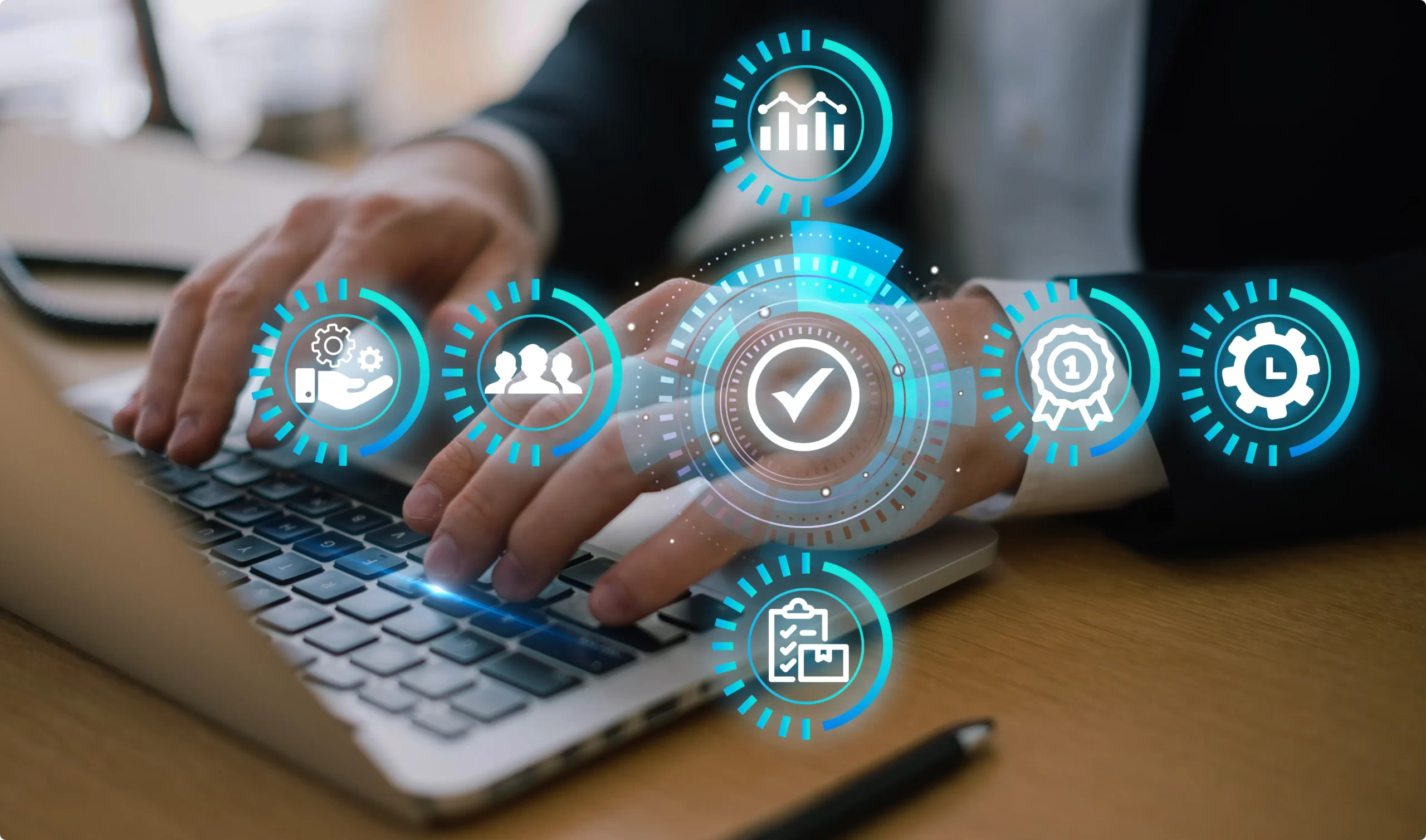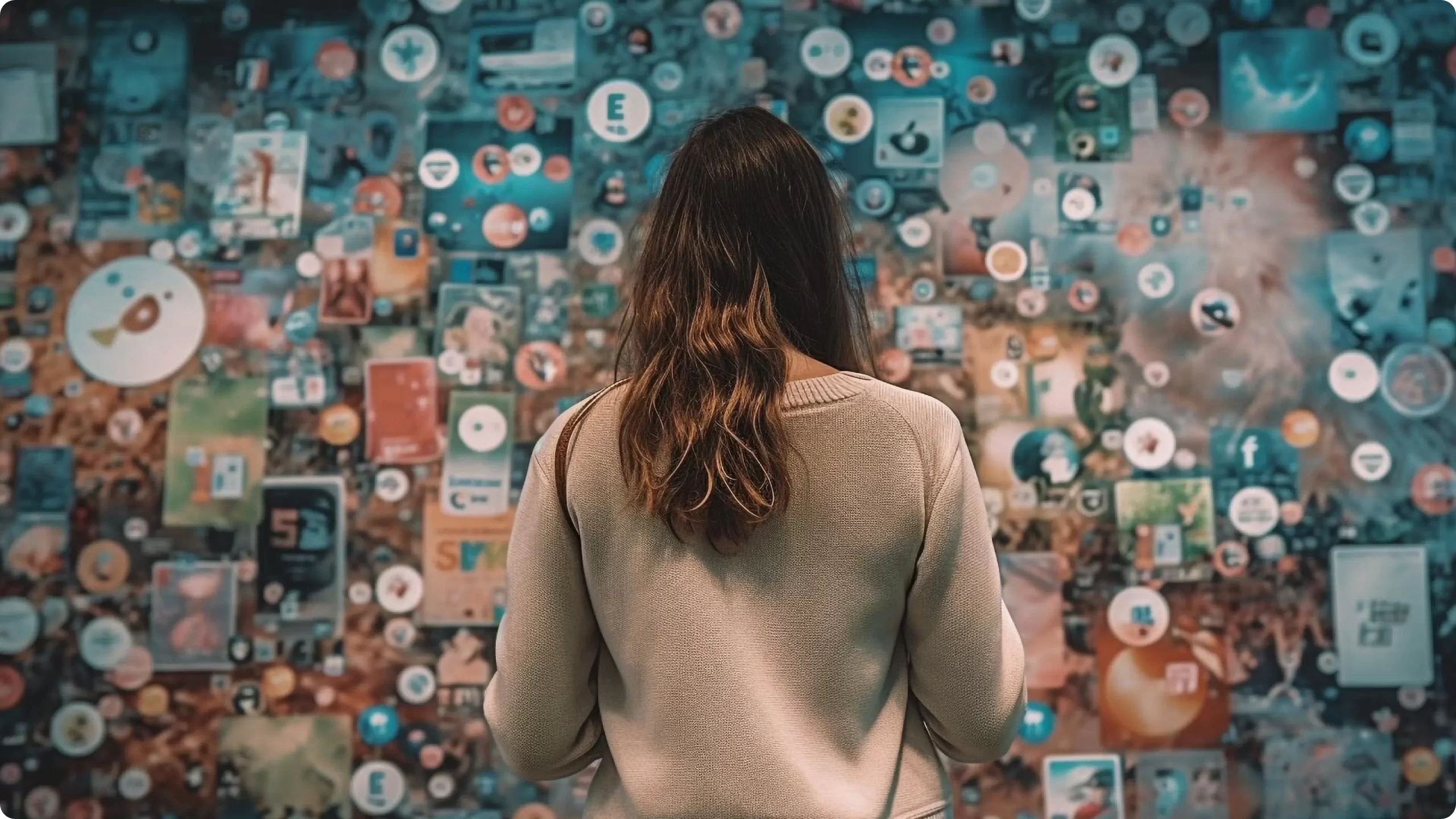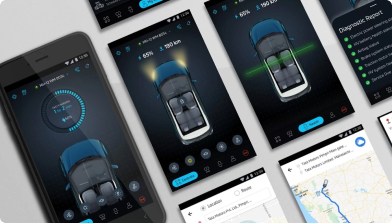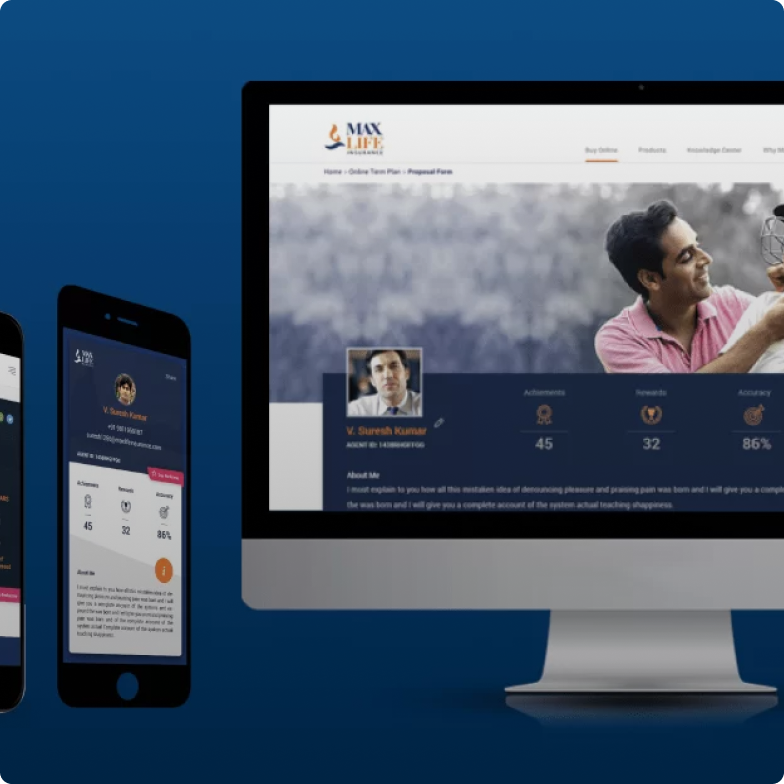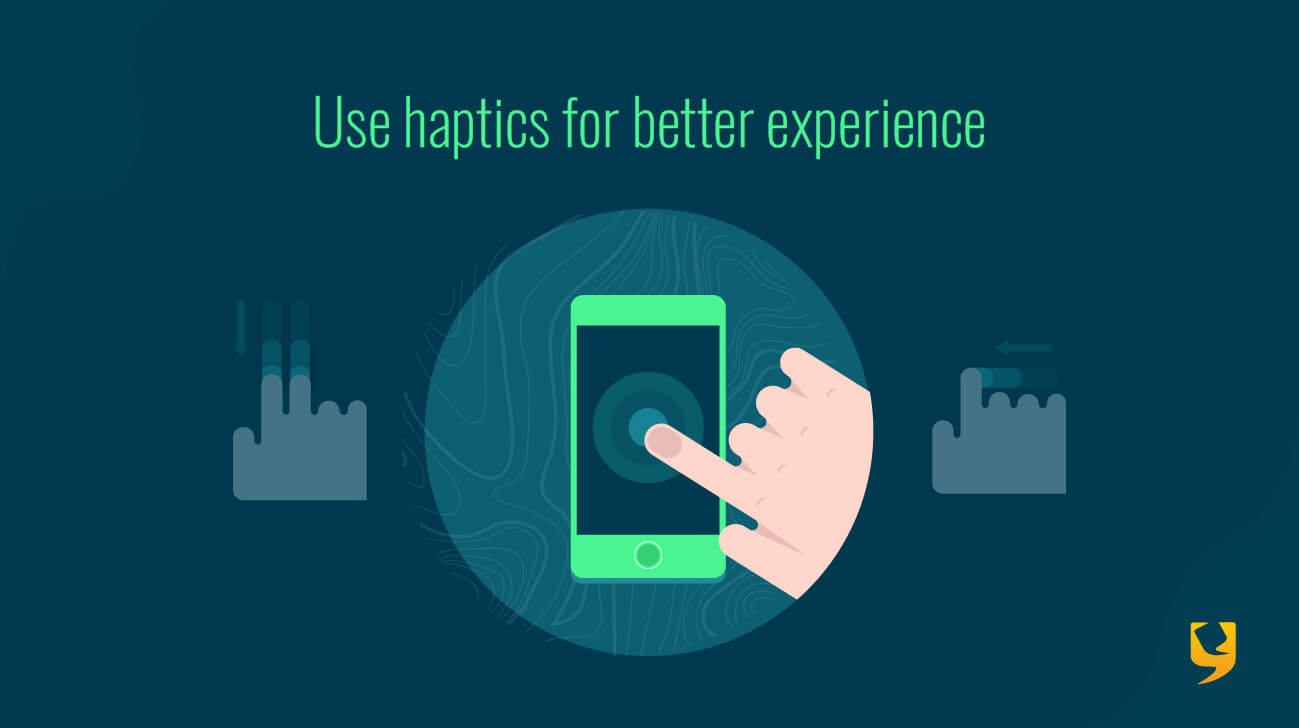
As interaction designers, though we primarily work on digital interactions, we are not just influenced by digital product design. The physical interactions that we experience around us greatly inform the digital design.
We, as humans, have had a lot of evolutionary learning over millennia, and when things conform to these learnings, the interaction feels intuitive. Let’s look back and understand how physical interactions, gestures guide digital interactions, and how it can help to physically act out interactions to generate concepts.
Haptic technology
Haptics is a tactile feedback technology that takes advantage of the sense of touch by applying forces, vibrations, or motions. This mechanical stimulation can be used to assist in the creation of virtual objects in a computer simulation, to control such virtual objects, and to enhance the remote control of machines and devices as in – telerobotics.
What computer graphics do for vision,
Haptics do so for the sense of touch
Haptic devices may incorporate tactile sensors that measure forces exerted by the user on the interface. Here are some examples of haptics – mobile phone vibrations are very often described as haptic technology. In fact it is the simplest example of how haptics can function. Haptics allow a user to interact with devices by receiving tactile and force feedback.
Why is it important?
The body part that we use the most to interact with objects is our hands. And our hands are capable of doing and sensing much more than tapping, swiping and pinching. Our hands are used to wave at, to express specific gestures.
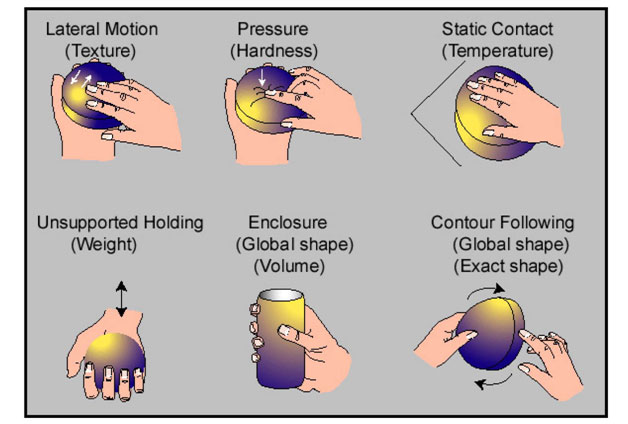
There are five main types of haptic feedback technologies (haptics) and these are force, vibro-tactile, electro-tactile, ultrasound and thermal feedback. The technology is sensitive to texture, temperature, weight, and could be used as an input device for the person to provide feedback, along with an output device, for doing actions.
Exploratory procedures are used in haptic perception of physical properties of objects. Touch or tactile feeling is one of the basic five senses of a human being. It is all about the ability to perceive something by biological receptors located in the skin.
There are many digital products today that use haptic feedback – many gaming consoles use vibration in the controller. It won’t be an exaggeration to say, haptics have the potential to become an integral part of VR experiences.
How does this translate to digital interactions and experiences?
To extend this thought further, here are some ideas that come to mind, some examples of haptics:
- It might be useful while designing for accessibility for blind people when they are using digital platforms, for which only auditory feedback is given.
- We can give a physical texture to a website or a terrain with mountains and valleys and plateaus that could only be explored using the mouse.
- What if our phones became heavier as the number of notifications increase?
- What if the phone became thicker when reading an e-Book of 1000 pages?
An example of exploration on similar lines that was published a few years back is shown below. The shape-shifting future of the mobile phone. These ideas may not be directly applicable/practical, but good to start some exploration in the direction.
As aptly put by Fabian at the end of a talk “Humans should not get technical in the future rather than that the technology should get a bit more human” (Paraphrasing), and that is the intention of this topic – to think about how we can humanize the technology to make it intuitive by taking full advantage of human capabilities.
Some of the powerful and impactful applications that we see around or will see in the near future are –
- Anything which makes VR more immersive is going to be the future!
- Haptic training is going to be a big thing. Research shows that haptic experiences or training can enhance motor skills of experts by 36%.
- Full immersive experiences are possible with VR and haptic devices.
It will be difficult to predict the form haptics will take in future as the possibilities are just innumerable. Though, haptic experiences combined with virtual reality will definitely bridge the systems of the future.
Amplify your brand presence with the best UX design studio that truly aligns your needs with those of your consumers! Get in touch with us at YUJ Designs, today!
